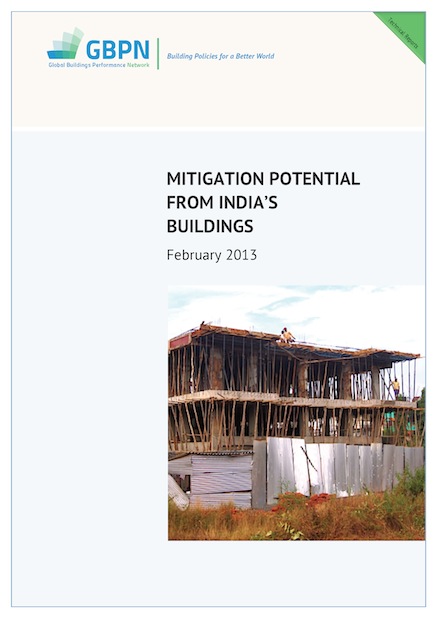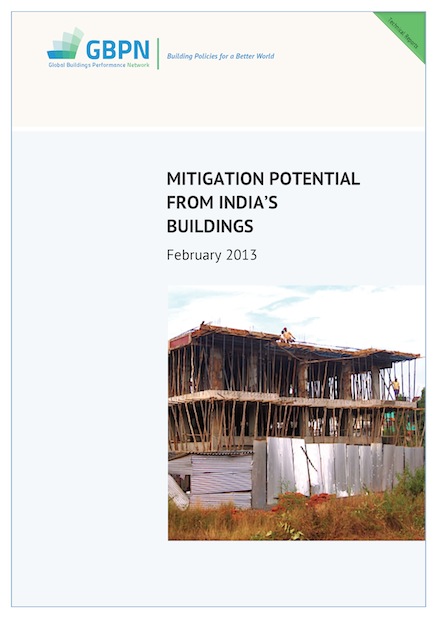印度建筑的减排潜力

可靠证据表明,至2050年印度建筑领域会产生巨幅能源增长,基于此估测,本报告分析了印度目前建筑节能减排的政策框架及其节能潜力。
6 result(s) found

可靠证据表明,至2050年印度建筑领域会产生巨幅能源增长,基于此估测,本报告分析了印度目前建筑节能减排的政策框架及其节能潜力。
可靠证据表明,至2050年印度建筑领域会产生巨幅能源增长,基于此估测,本报告分析了印度目前建筑节能减排的政策框架及其节能潜力。
 可靠证据表明,至2050年印度建筑领域会产生巨幅能源增长,基于此估测,本报告分析了印度目前建筑节能减排的政策框架及其节能潜力。
可靠证据表明,至2050年印度建筑领域会产生巨幅能源增长,基于此估测,本报告分析了印度目前建筑节能减排的政策框架及其节能潜力。
 Technical Report
Technical Report
Demonstrating the enormity of the predicted energy growth in India's building sector up to 2050, this report explores the current political framework for energy efficient buildings and the potential for change.
Academicians and professionals in the architecture, engineering, and construction (AEC) field have expressed an increasing interest in sustainability and its application in the development of construction projects, especially with its deemed relationship with lean construction, for the purpose of improving efficiency in the construction processes. Practices framed under the lean philosophy show their potential in reducing environmental, economic, and social impacts during the construction phase, with an increase in the parameters of sustainability in the development of projects.
This paper reviews empirical data from evaluations of the influence of residential energy efficiency retrofits on indoor environmental quality conditions and self-reported thermal comfort and health. Data were extracted from 36 studies described in 44 papers plus two reports. Nearly all reviewed studies were performed in Europe or United States. Most studies evaluated retrofits of homes with low-income occupants. Indoor radon and formaldehyde concentrations tended to increase after retrofits that did not add whole-house mechanical ventilation.